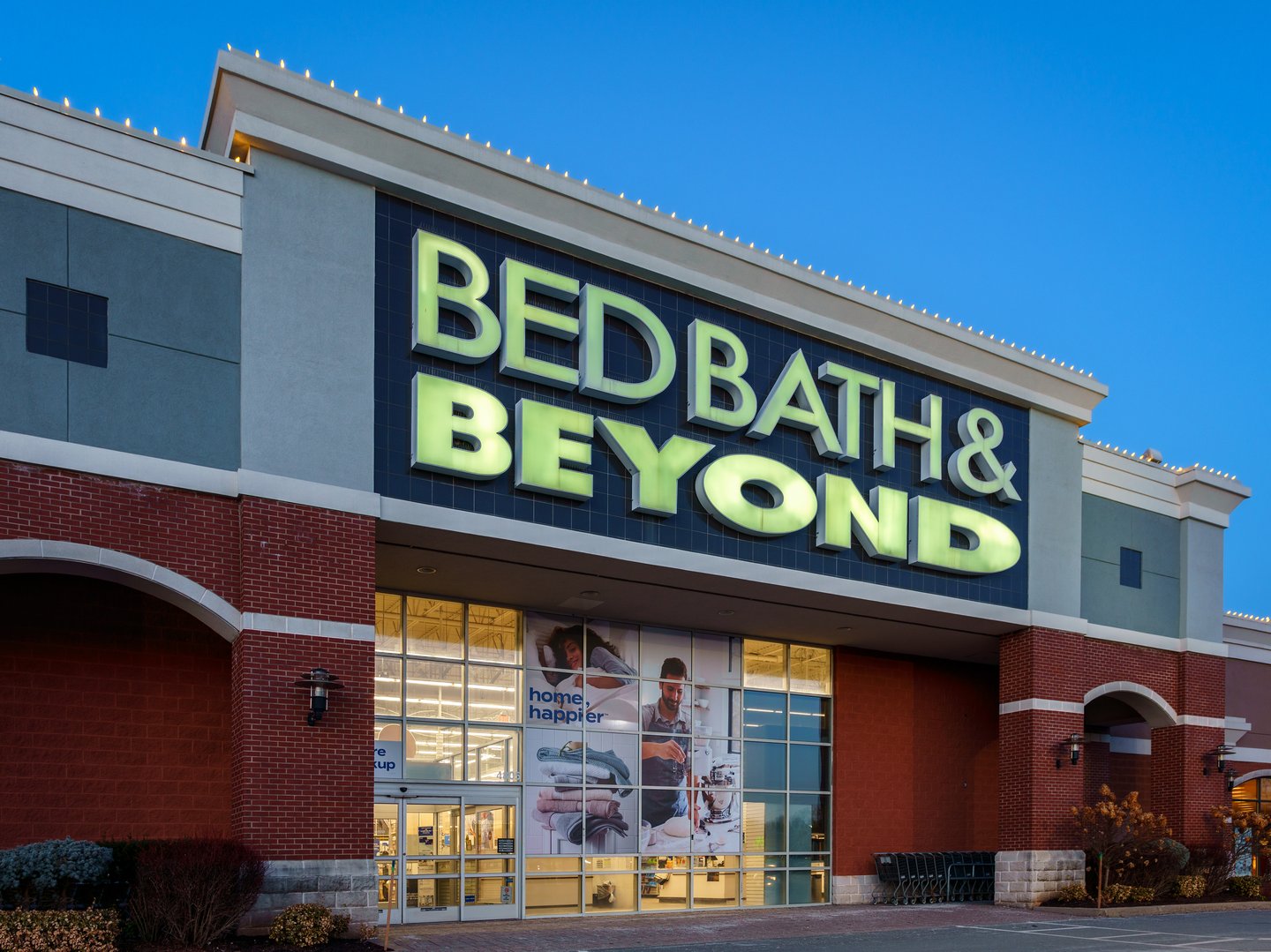Who will be the beneficiaries of the Bed Bath & Beyond bankruptcy?
Two categories of retailers are most likely to benefit from Bed Bath & Beyond’s bankruptcy, according to a report from the foot traffic analytics provider Placer.ai.
Retailers with large home furnishing sections plus home improvement chains, superstores, and discounters will likely experience upticks in traffic from former BBB customers.
And, during a period in which there has been little retail real estate construction, expanding chains in need of 20,000 to 30,000 sq. ft. spaces will see opportunities in closed Bed Bath & Beyond locations that average 32,000 sq. ft.
The biggest beneficiaries of increased traffic from Bed Bath & Beyond customers in their markets are likely to be Walmart and Target. It makes sense that superstores are more likely to share customers with wide ranges of other store’s customers, and around 80% of both of these retail stalwarts’ customers also shopped BBB, according a Placer.ai traffic analysis.
Other chains whose customer cross-flows with Bed Bath & Beyond increased between 2019 and 2022 included Dollar Tree (46% to 54%), Hobby Lobby (31% to 37%), and Five Below (17% to 27%).
Retailers across several sectors are expected pursue emptied Bed Baths since the chain’s store portfolio resided in trade areas covering a wide range of customer audiences.
To illustrate the diversity of Bed Bath & Beyond’s store portfolio, Placer.ai analyzed demographic and psychographic data of trade area residents for eight of BBB’s 20 most popular stores. Size of the trade areas ranged from 37 square miles (Falls Church, Va.) to 183 square miles (Fayetteville, N.C.) and the store with the smallest trade area encompassed a larger population than the one in the largest trade area.
Average household incomes, too, varied greatly in the comparison--$104,000 in Falls Church versus $53,000 in Fayetteville. Falls Church residents were also much more likely to exercise regularly and purchase shoes online than those in Fayetteville.
“Fitness centers might prefer the Bed Bath & Beyonds in more densely populated areas, as their consumers favor close-to-home locations that can be accessed several times a week,” said Placer.ai analyst Shira Petrack. “Home improvement retailers, on the other hand, may prefer venues in less densely populated regions that may have stronger demand for DIY materials.”
While, to some, the Bed Bath & Beyond bankruptcy conjures a return of retail apocalypse, Placer.ai observed that it is also creating opportunities for other retailers to thrive.
“Store closures will open up vacancies for traditional and non-traditional retail tenants to expand their fleets and revitalize existing shopping centers and strip malls,” Petrack observed.


